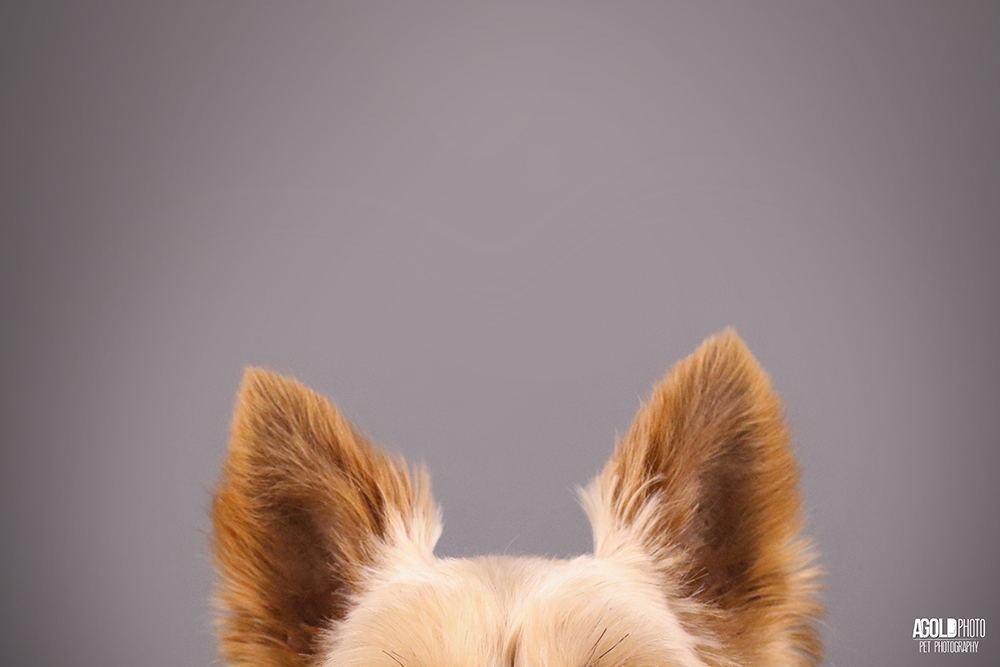Unlike (most) human ears, your dog’s ears are a central feature of his head and face. Dog ears come in every imaginable shape and size. Some are long and floppy; others are short and erect. Some dogs’ ears are covered with hair inside and out, while others are dressed in only a fine layer of fuzz.
And of course everyone knows dogs have excellent hearing, especially compared to humans. But there are many other unique and interesting characteristics of your dog’s ears you might not even be aware of.
14 Fun Facts About Your Dog’s Ears
1. Certain breeds, for example, herding breeds like the Shetland Sheepdog, may have an edge in the hearing department over other breeds due to the jobs they’ve been bred to do.
For example, the sooner a dog protecting a flock of sheep hears a predator or some other danger, the more quickly he can act.

2. Whereas the muscles in human ears seem pretty much useless, the muscles in your dog’s ears – around 18 in number – allow for an impressive range of movement.
Dogs can tilt, turn, raise, and lower their ears, and move them independently. And for most dogs, the ears significantly enhance their facial expressions.
3. Dogs move their ears not only to hear better, but also to express emotions. The position of your dog’s ears can give you clues as to how she’s feeling from one moment to the next.

4. You can tell how much attention your dog is paying to you by watching her ears. If they are erect and facing forward, she’s engaged, and if they’re pulled-back a bit, she’s feeling friendly. However, if her ears are laid tightly back against her head, she’s probably feeling fearful or shy.
5. Another function of a dog’s ear is balance, and in fact, inner ear infections are a frequent cause for loss of balance.
6. The canine ear canal is L-shaped. It’s vertical toward the jaw, then takes a 45-degree turn horizontally toward the ear drum. This structure is one of the reasons dogs are prone to a variety of ear issues.

7. Domestic dogs hear at higher frequencies than people do, although not as high as cats. Some whistles can’t be heard by human ears, but dogs hear them very clearly.
8. According to scientists, dogs only discriminate resolutions of about one third of an octave. Humans, on the other hand, can discriminate resolutions as fine as one-twelfth of an octave.

9. It is thought that dogs hear about four times better than we do. Cocking his head may help your dog tune in sounds far off in the distance. (Or, it could be he knows how completely irresistible he is with his head cocked!)
10. Puppies are born deaf because their ear canals are still closed. They begin to hear when they are a few weeks old.

11. Dogs are very adept at filtering out some sounds, while remaining alert for others. Have you ever noticed how your dog can hear a car pulling into your driveway or garage over the sound of the TV, the kids playing, or other household noises?
12. Congenital (from birth) deafness has been reported in 85 breeds, for example, Dalmatians. Older dogs can develop hearing problems as well.

13. Tigger, a Bloodhound from St. Joseph, Illinois, holds the Guinness Book of World Records title for longest ears. Tigger’s right ear measures 12.75 inches, and his left measures 13.5 inches. Bloodhounds have such long ears to help direct scent to their sensitive noses.

14. Even during the dead of night, the world is still a noisy place for your dog. This is because she can hear sounds you don’t even know exist, such as the high-frequency pulse emanating from your digital alarm clock, or the vibrations of termites in the walls. While your dog may be able to detect termites, she won’t be able to eradicate a them from your home. If you are in need of an exterminator to get rid of termites, you may want to check out something like Termite Control Kansas City to help you eliminate termite colonies from your walls and save your dog from any more noisy nights.
Information originally provided by healthypets.mercola.com